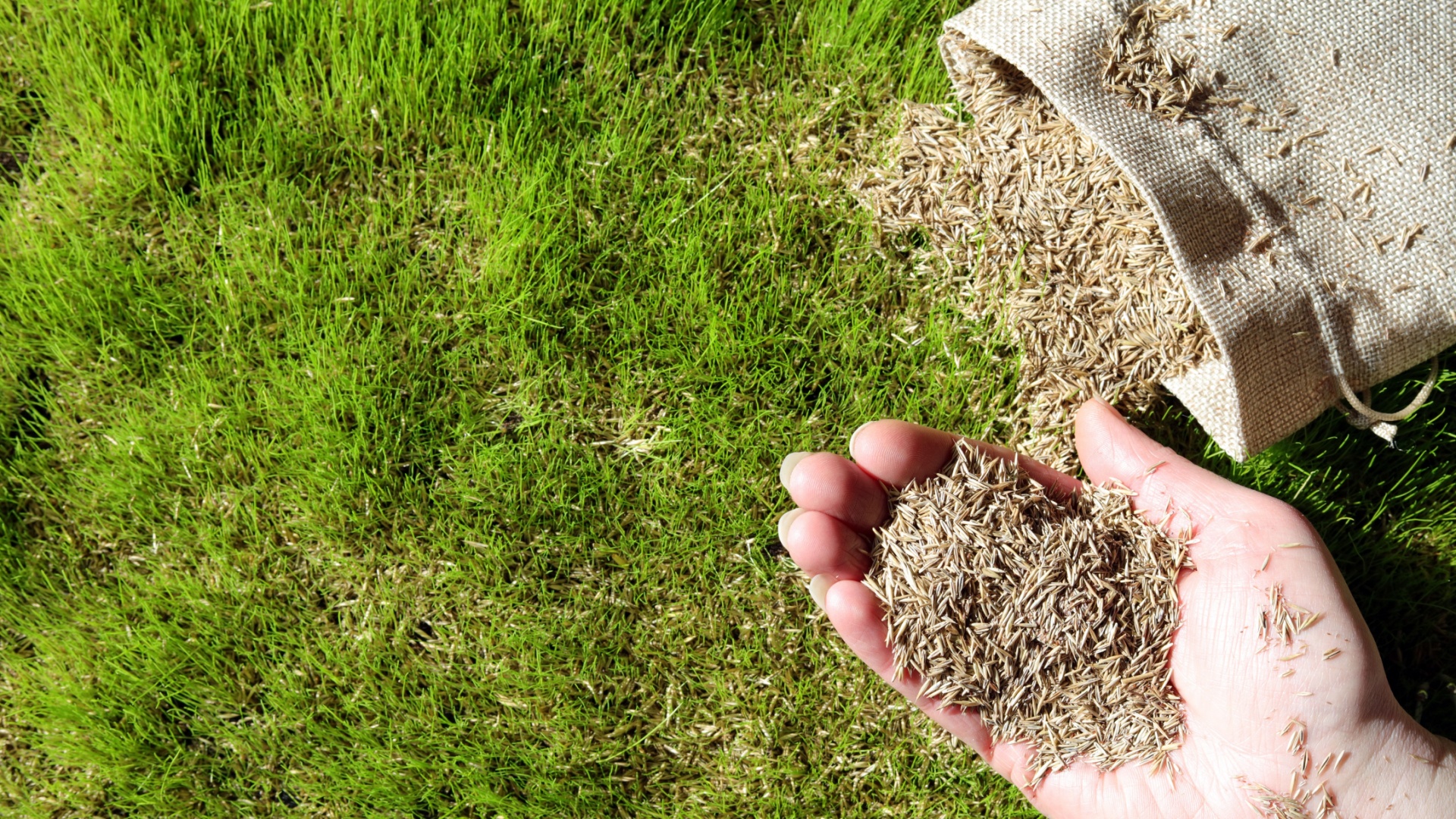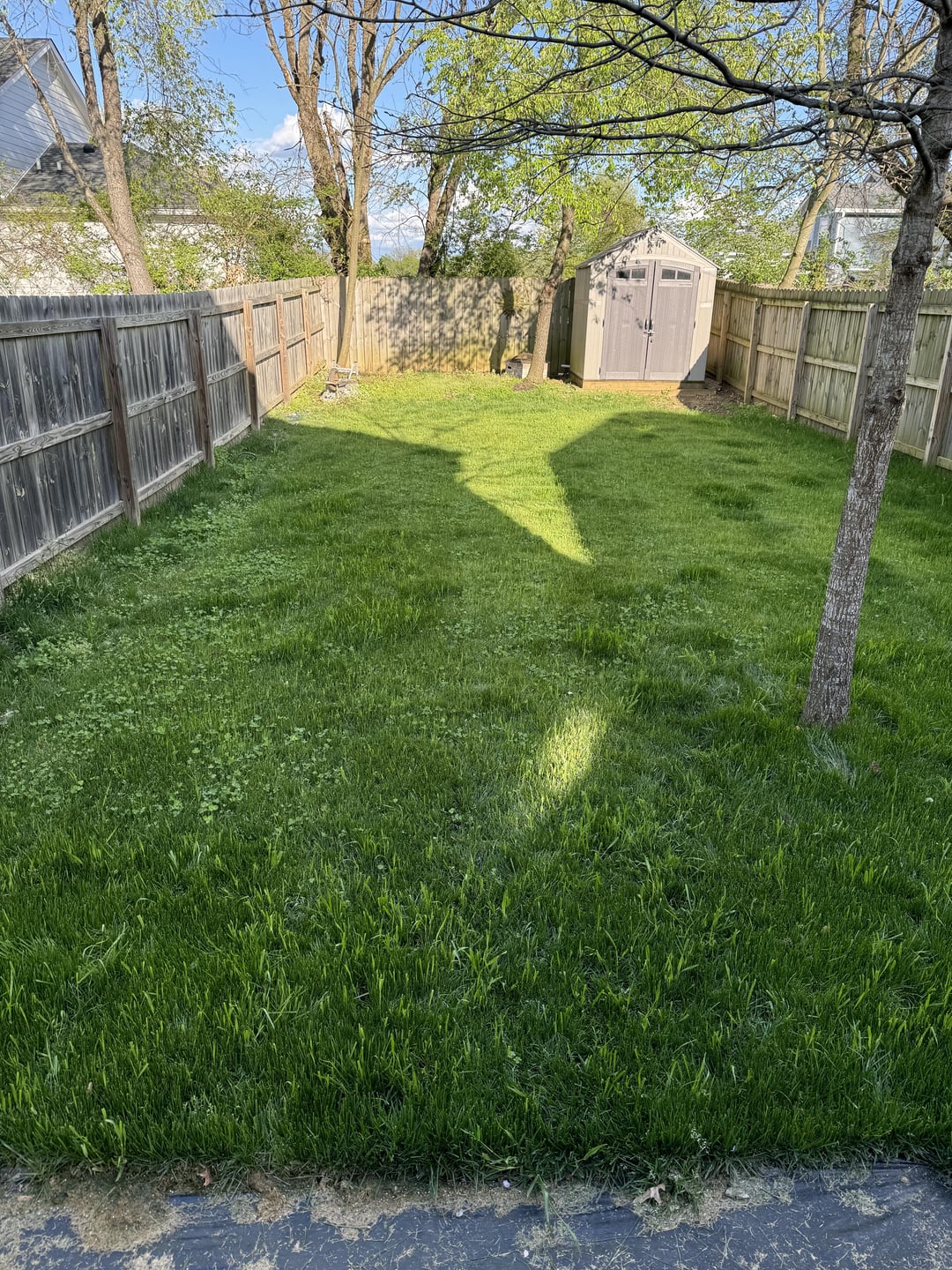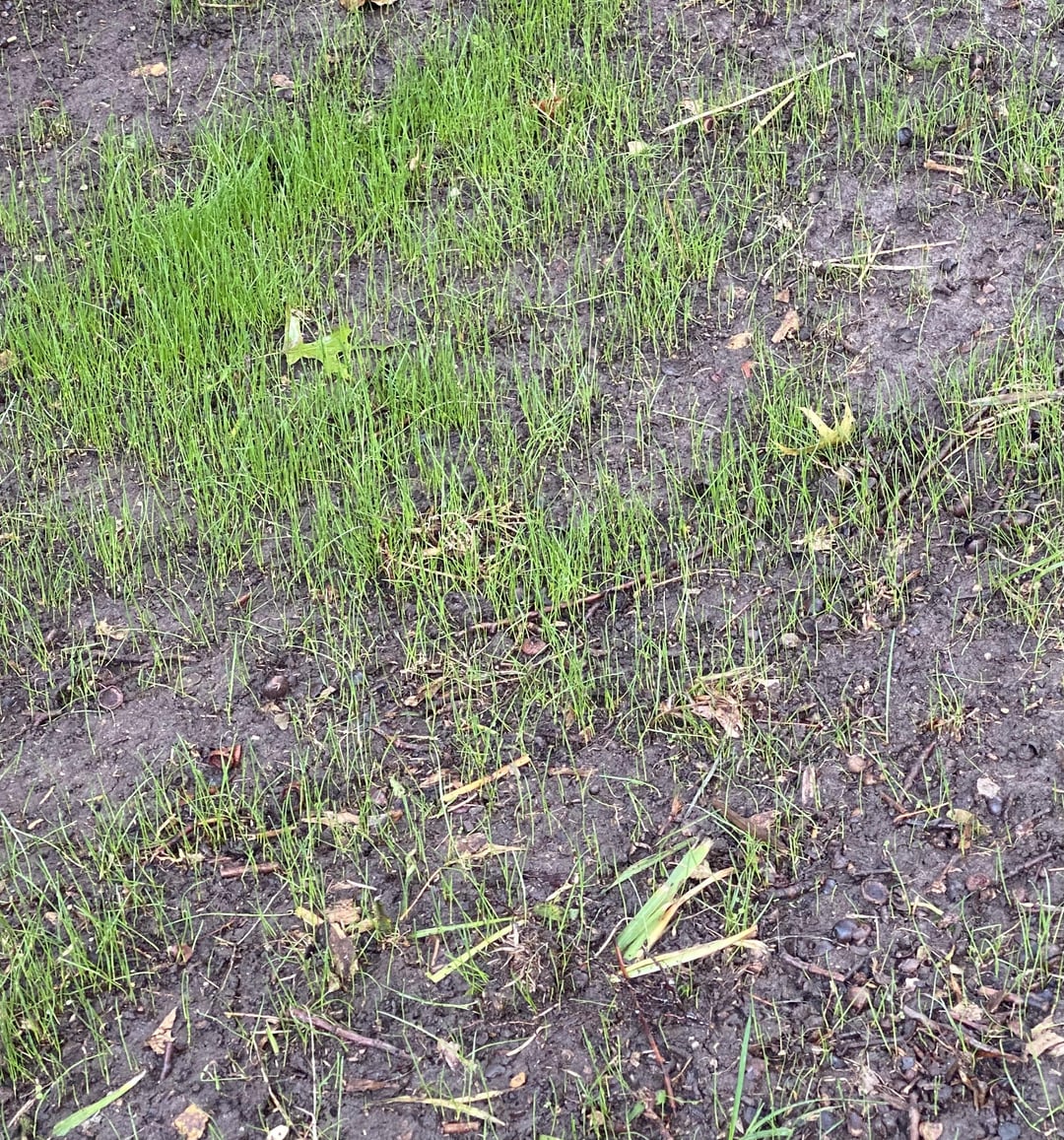Taking care of your lawn during fall is one of the most important gardening tasks! Besides watering and mowing, there’s one more job that needs to be done. Today we are going to talk about overseeding!
Ever since I started overseeding in the autumn, my lawn has been healthier and better! Not only does it survive the cold winter, but I’m also greeted in the summer by stronger and more beautiful grass!
Want to know a secret about how I managed to do that? None of this would have been possible if I hadn’t found these amazing tricks!
There’s just one more important thing you should know before we start. You can’t begin overseeding without knowing the best month to do it! Luckily, I have the right answer for you.
This Is The Perfect Time To Start Overseeding Your Lawn
And now, the moment you’ve been waiting for! The best time to overseed your lawn is mid-October. Phew! You still have time to do it. Isn’t that great?
You’re probably wondering, why autumn? It’s because, during this period, the soil is still warm and there’s more moisture, creating perfect conditions for seeds to germinate.
If you start overseeding early in the fall, the newly planted grass will have plenty of time to establish before winter arrives. Overseeding will also help repair brown patches and create a healthier lawn with thicker grass.
Now that you have the answer on when to start, it’s time to see the best way to do it!
Simple Seed Spreading Techniques You Need to Use
I’ve tried different techniques for overseeding, but this one turned out to be the most effective! If you’re familiar with planting grass seed, the process of overseeding is similar. Here’s how to do it:
- Start by mowing your lawn. You’ll need to mow it to a low height, but not too short – around one inch in length. After that you can use a rake to remove all the grass that’s left.
- Aerate your lawn. This is an important step in overseeding because it will loosen up and aerate the soil. This allows for better air circulation and nutrient absorption.
- It’s time to overseed. You can sprinkle the grass seeds on your lawn, such as ryegrass, by hand. If you have a spreader, use it, as it’s an easier option.
- Water your lawn. To make this work, you need to water your lawn three to five times a day! Your seeds will not germinate without enough water.
That’s why you should pay close attention to watering for the first ten to fifteen days. When the grass has grown at least three inches you can reduce the amount of water.
- Apply fertilizer. Starter fertilizer is a good option when you’re growing new seeds because it contains more phosphorus, which is going to promote better root growth!
Also, don’t use it right after you’re done overseeding. Instead, apply it three to five days before the new seeds come up!
Isn’t it great that you now know all the steps for fixing your damaged lawn? With the help of these tricks, when spring arrives, your lawn will be the shiniest one!
Since I started overseeding my lawn in October, I haven’t faced any problems with my grass! It has even become resistant to all the pests and diseases. It’s worth all the work and time I put in now I’ve seen my beautiful green landscape in the spring!
As September is slowly passing, you can already start preparing all the materials you’re going to need for overseeding!
Good luck!



